
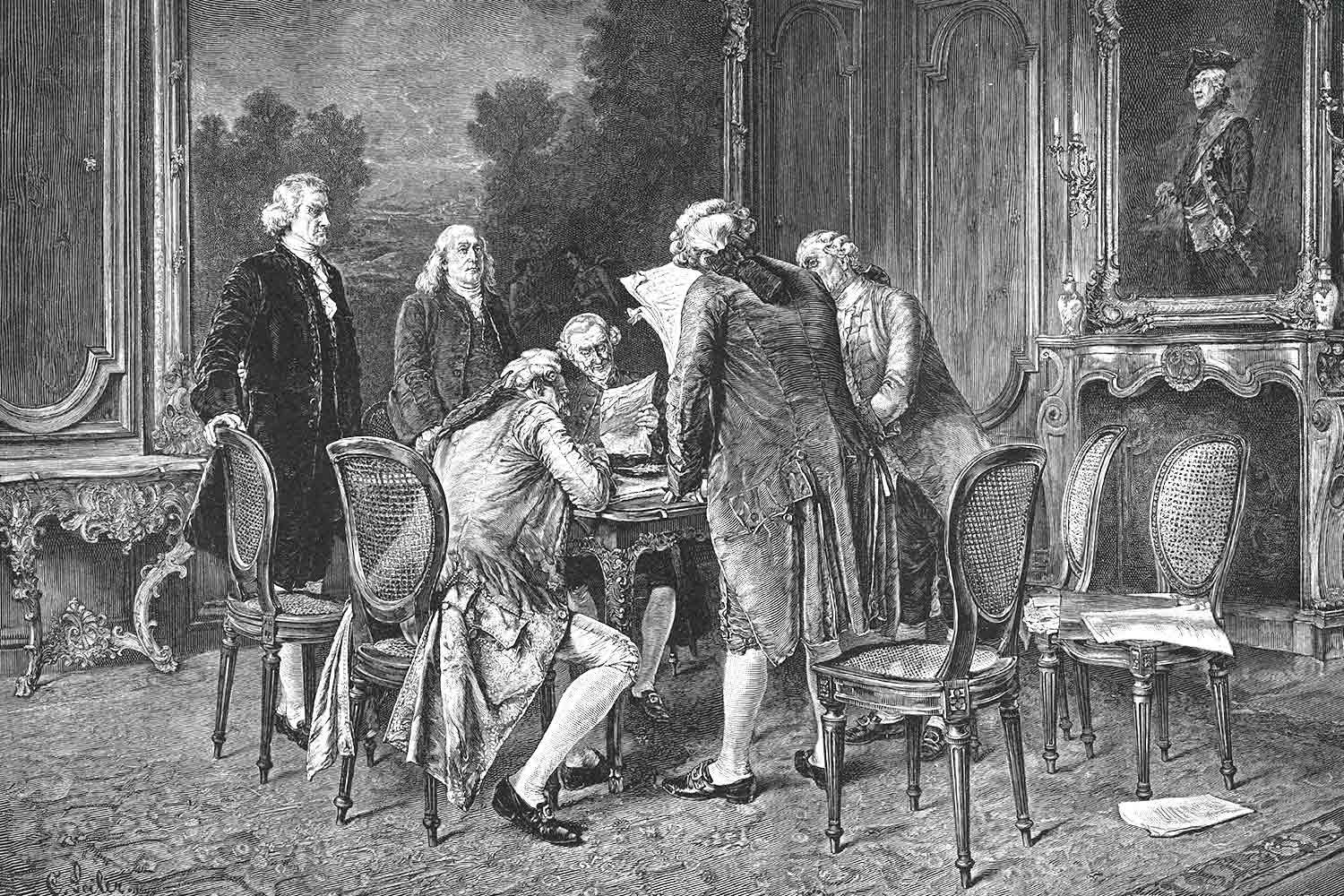
John Adams Negotiates Peace with England
John Adams was solely responsible for opening a strong relationship with the Netherlands between 1780-1782. Within days of completing his work in Amsterdam, Adams received a summons from John Jay, another American diplomat in Paris, to immediately return to the French capital. Peace talks with the English were heating up and Jay wanted Adams’ assistance.
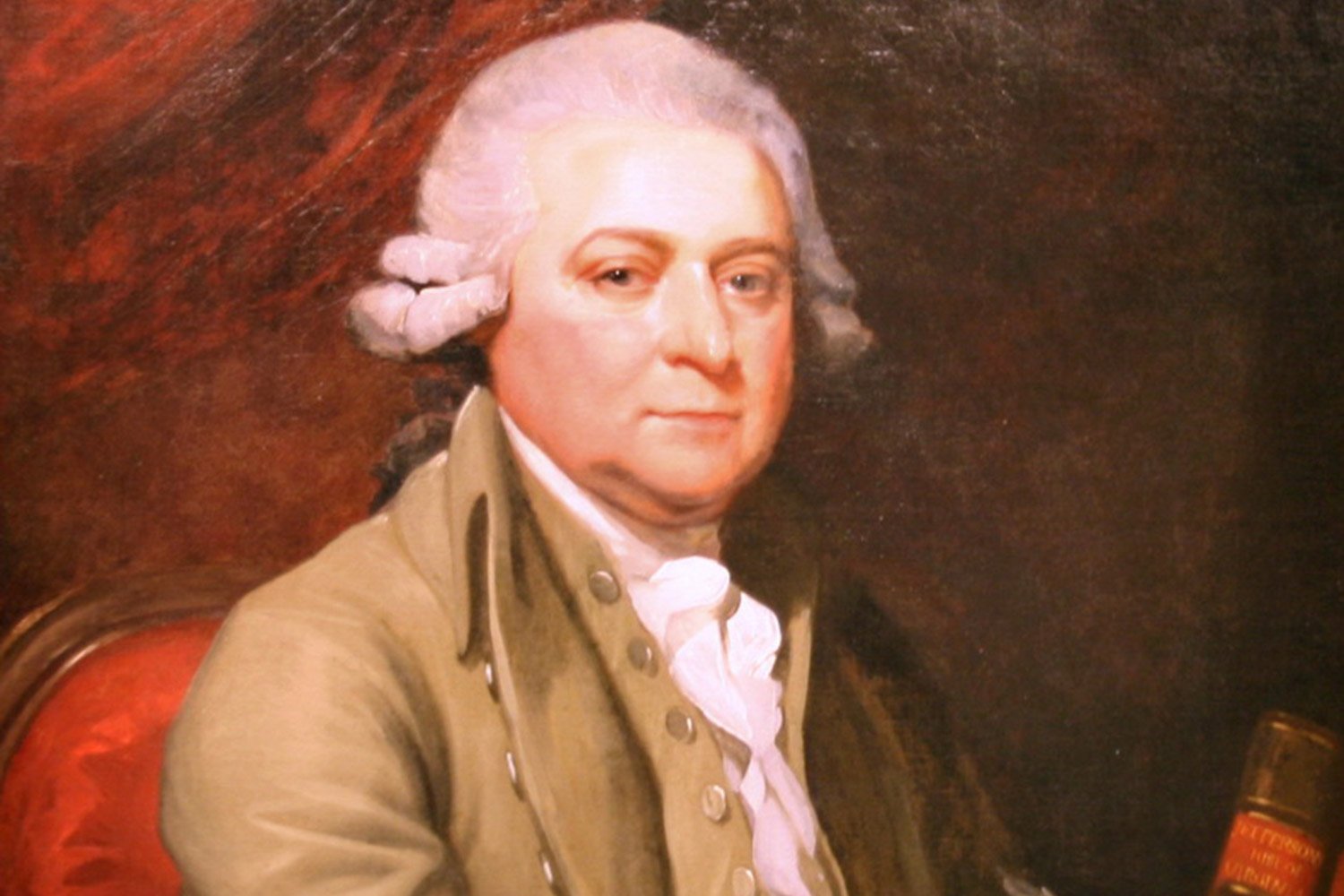
John Adams, A Diplomat in Europe
John Adams retired from the Second Continental Congress in early November 1777 and returned home to Braintree. He hoped to revive his law practice and enjoy some quiet time with Abigail and the rest of the family. However, his stay was short-lived as America had another task in mind for this tireless patriot, this time as an ambassador in Europe.
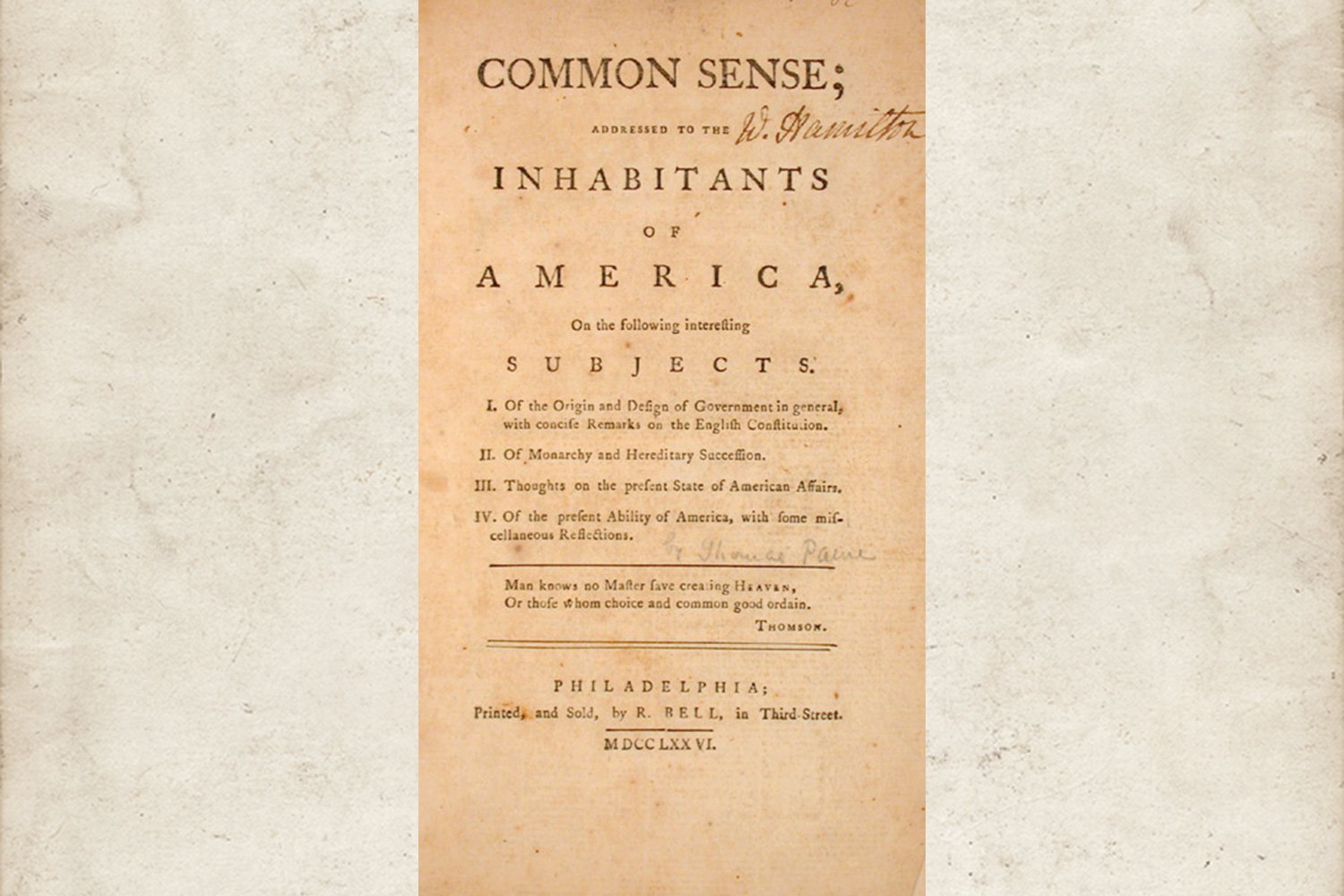
Thomas Paine’s Common Sense Inspires a Nation
The literary work most often credited with inspiring the American Revolution was a 47-page pamphlet called Common Sense. Published on January 10, 1776, and written by Thomas Paine, a recent immigrant from England, it caused everyday Americans to begin seriously thinking about an independent United States.
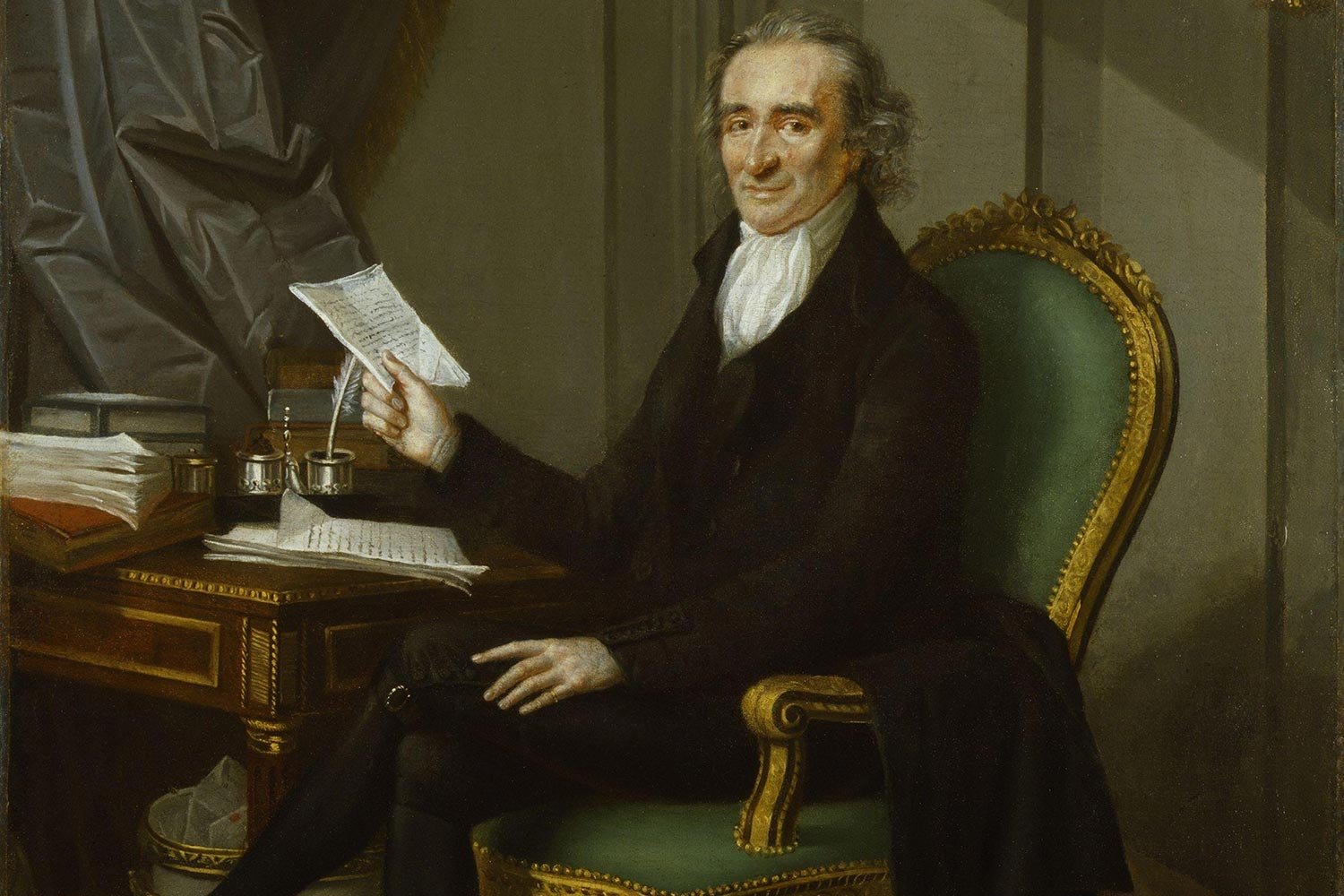
Thomas Paine, An American Revolutionary
The most influential book of the Revolutionary Era was Common Sense, written by Thomas Paine. Published on January 10, 1776, it has been credited with turning public opinion away from seeking a reconciliation with England to a complete separation with our Mother Country.
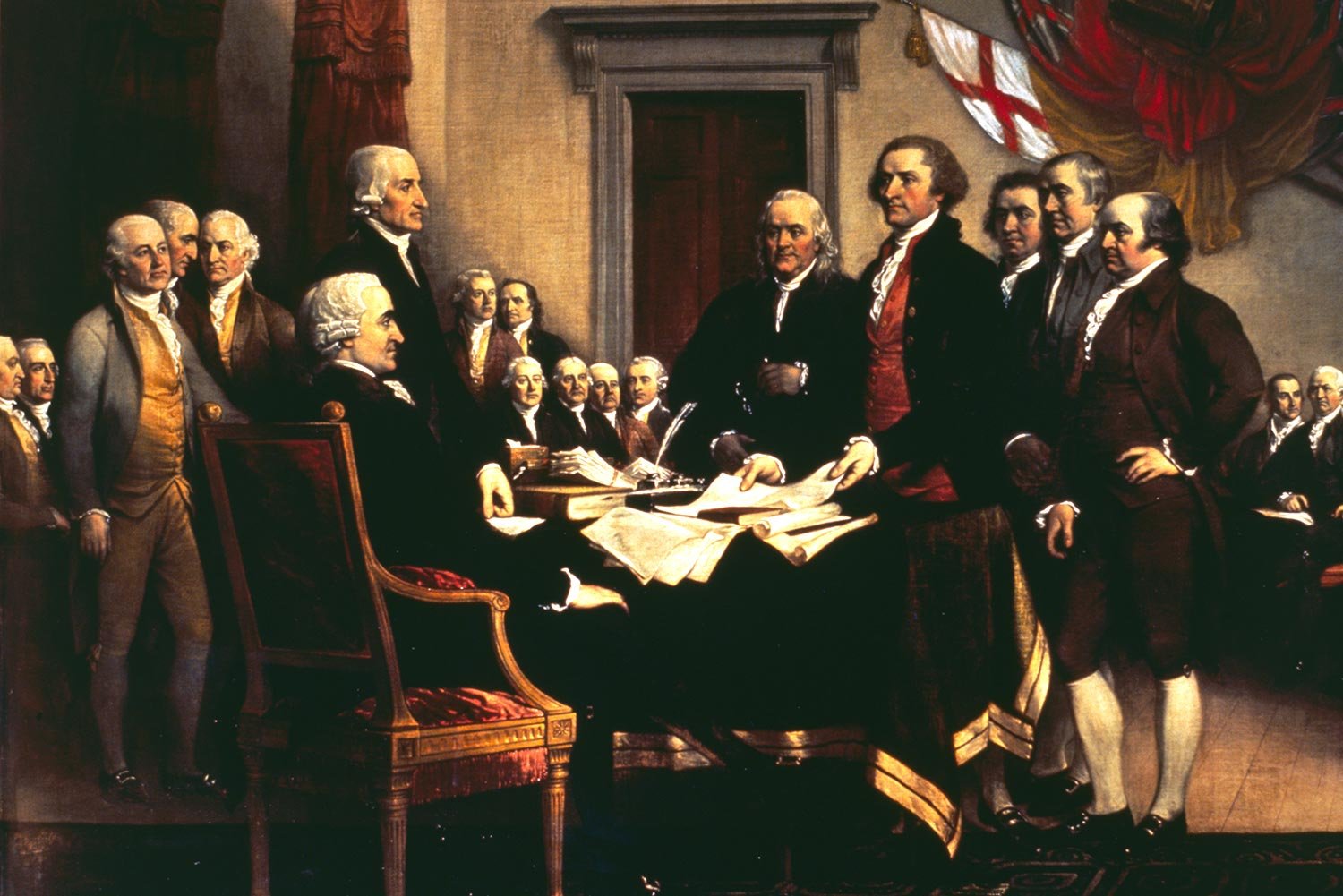
John Adams Dominates Second Continental Congress
John Adams dominated the Second Continental Congress like no other man and was tireless in his efforts to move the assembly towards independence. He sat on ninety committees and chaired twenty-five of them. No other delegate matched his workload.
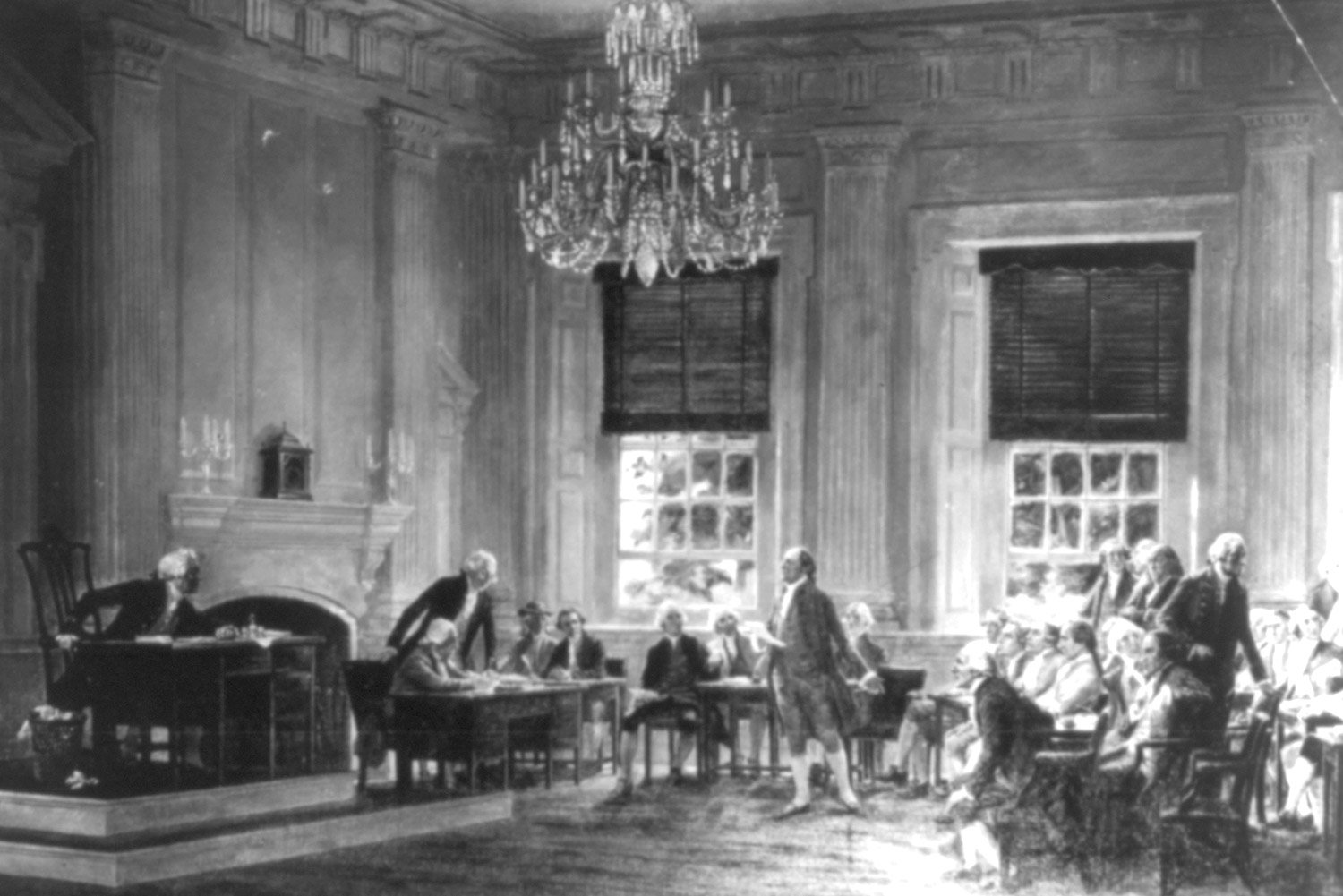
The Second Continental Congress Convenes
The Second Continental Congress convened in the Pennsylvania State House in Philadelphia on May 10, 1775, soon after “the shot heard round the world” was fired at the battles of Lexington and Concord. None of the delegates knew it at the time, but John Adams was to dominate the proceedings for much of the next two years.
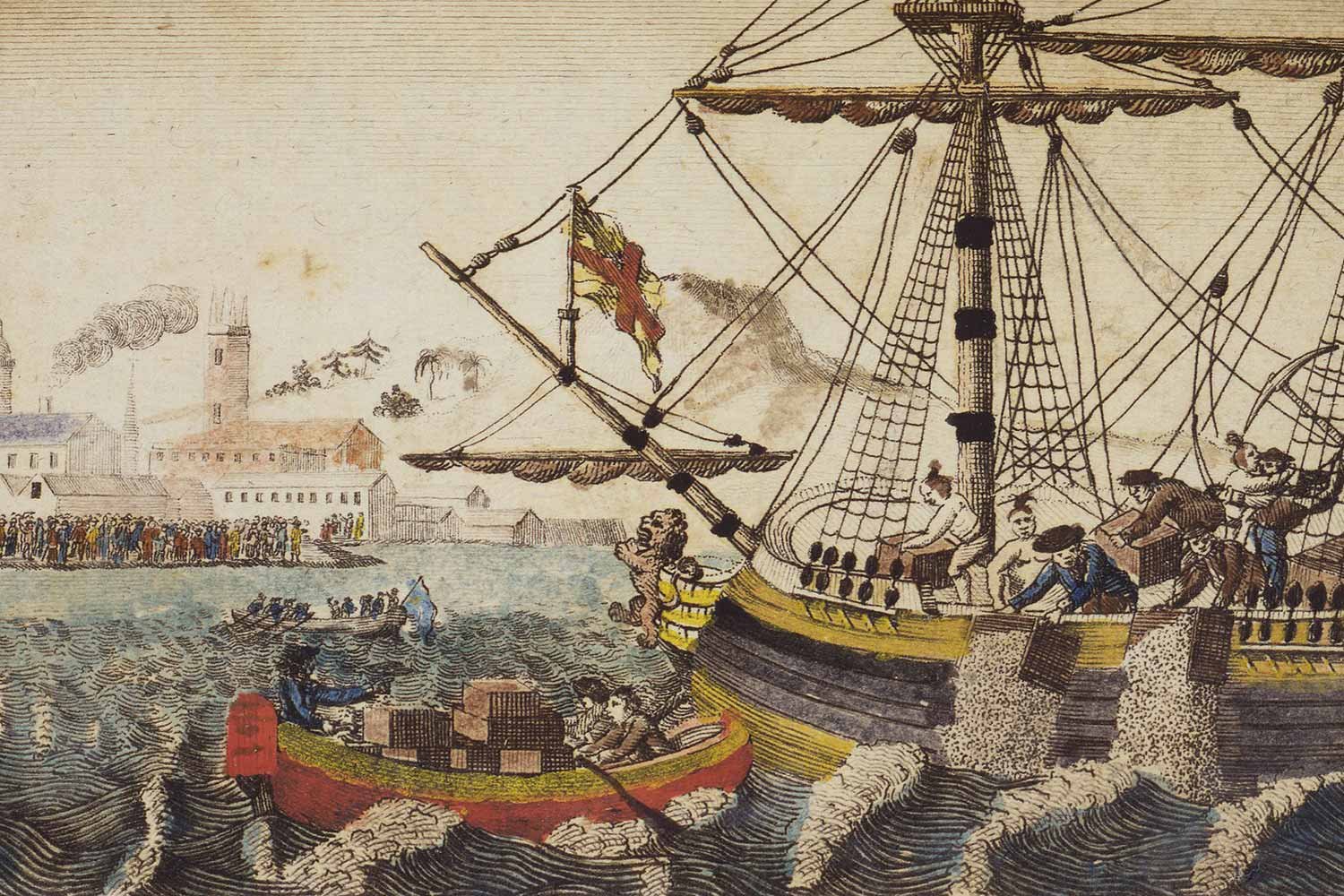
John Adams Joins the Fight for Independence
After the tragedy of the Boston Massacre on March 5, 1770, British troops were removed from the city of Boston and tempers cooled a bit in Massachusetts. However, Parliament soon got things heated up again when it passed the Tea Act in the spring of 1773.
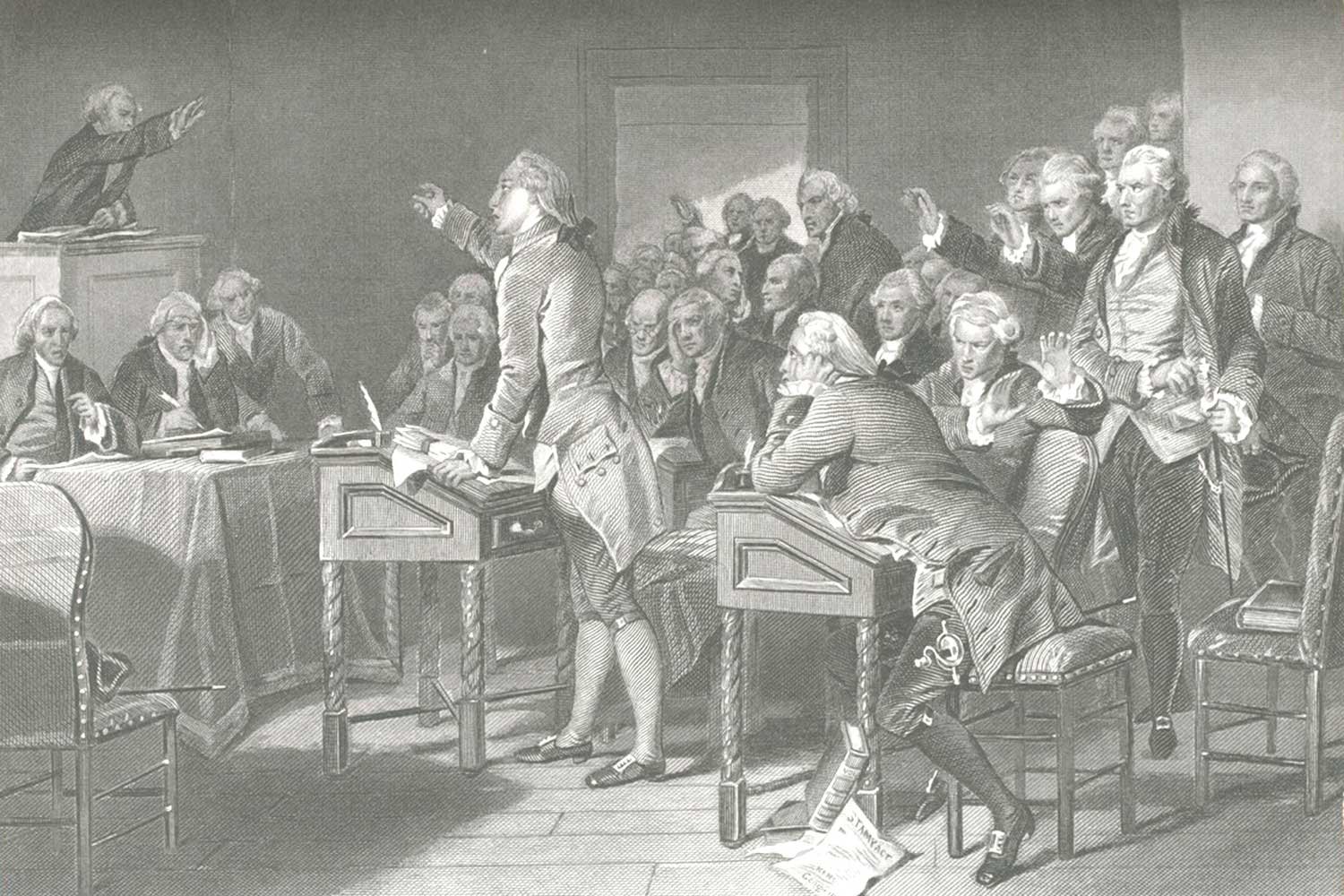
John Adams, Boston’s Top Attorney
When the French and Indian War ended in 1763, John Adams was single, living on a small farm in Braintree, Massachusetts, and enjoying a flourishing law practice just up the road in Boston. The next year his marital status changed, most would say improved, when he married Abigail Smith. A profitable business and a quiet family life seemed to be in his future, but that soon changed.
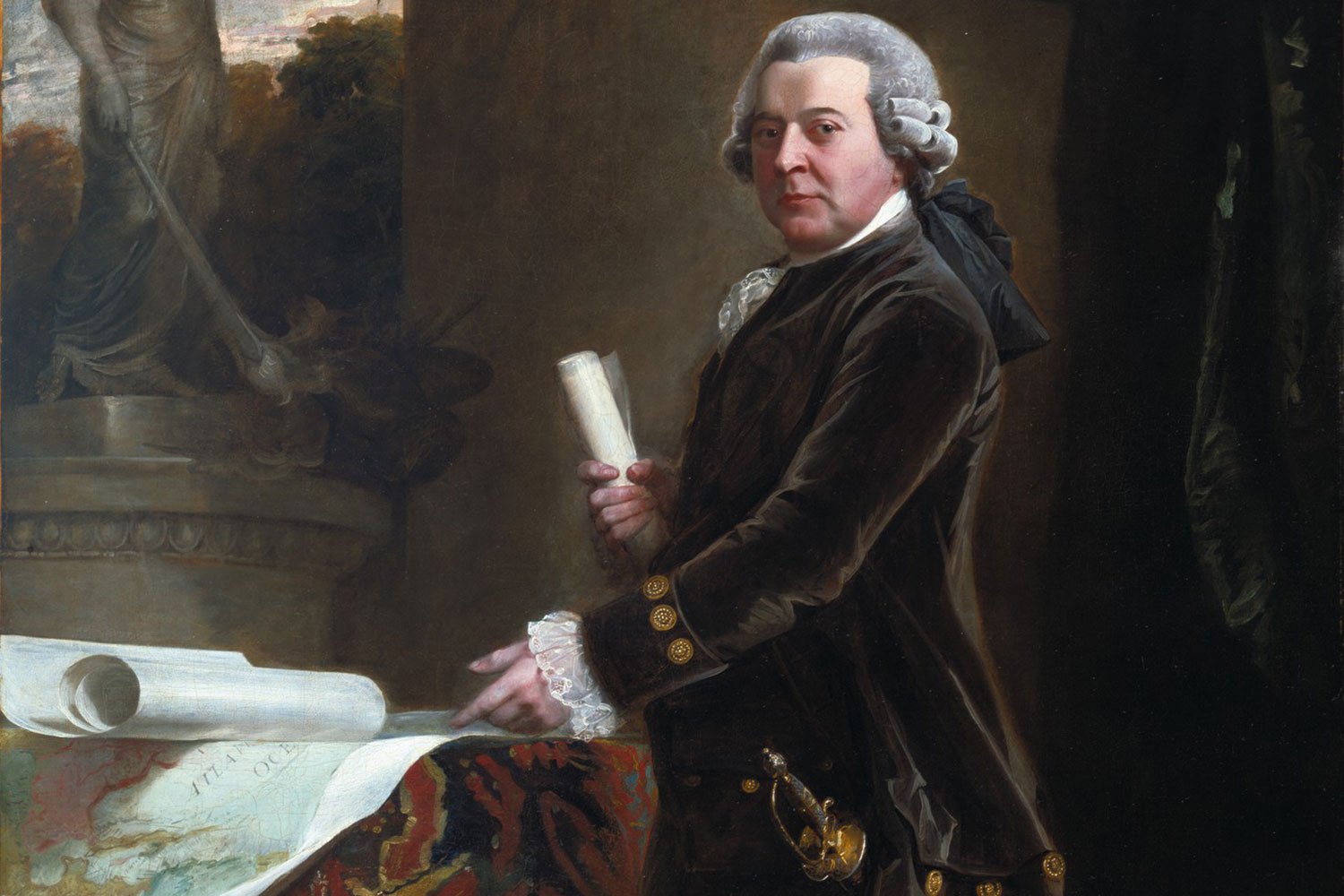
John Adams Comes of Age
John Adams was one of America’s greatest Patriots. Besides George Washington, Adams may have contributed more to get America its independence from England than anyone else. However, this Founding Father is not nearly as revered or well-known as the other “Big Six” of the Founding Fathers.
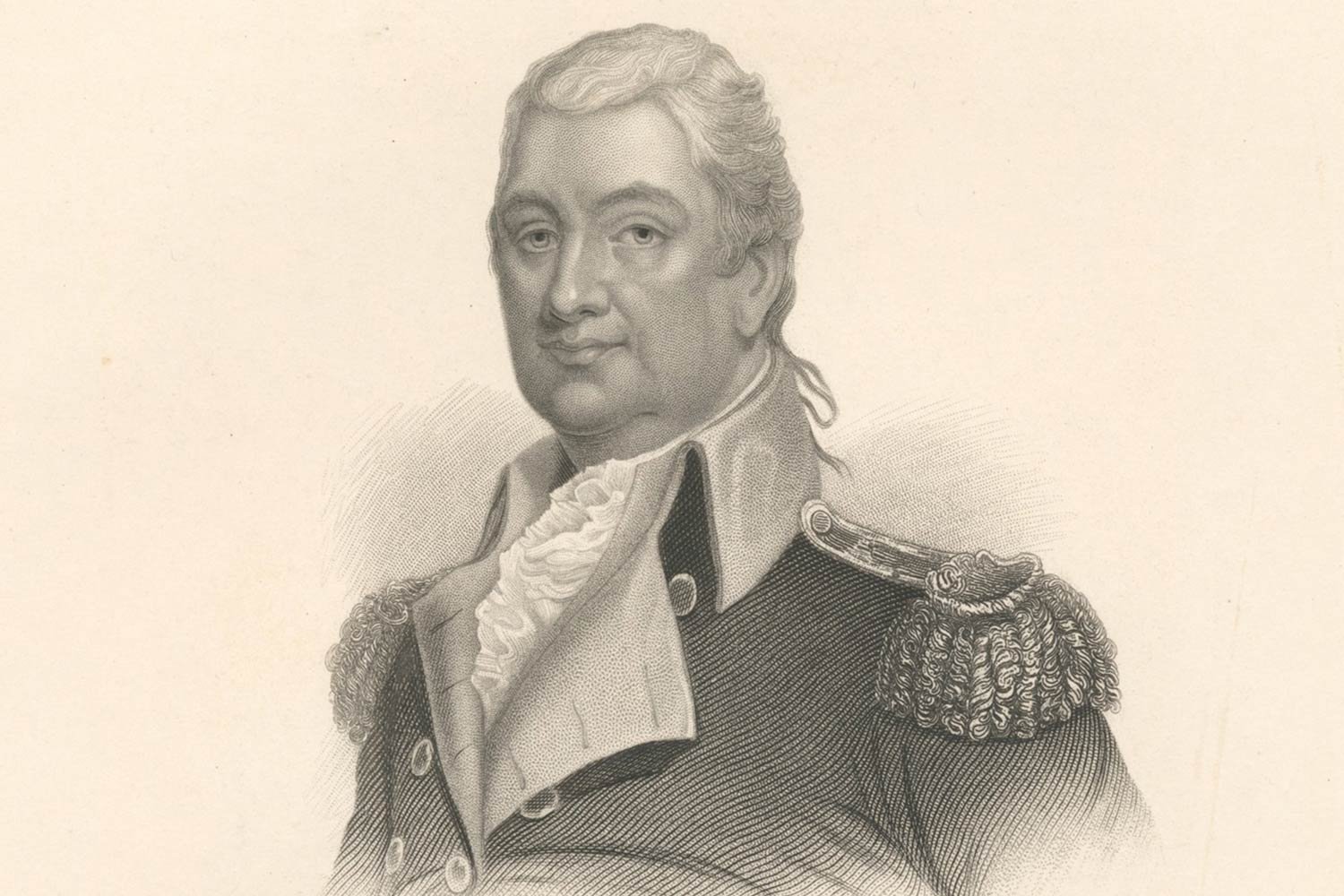
The Legacy of Henry Knox
Henry Knox was 44 years old when he retired from public office after devoting the previous two decades to the American cause. Henry and his dear wife Lucy headed to Thomaston, Maine, where Henry built a three-story mansion on a large family estate which he named Montpelier.
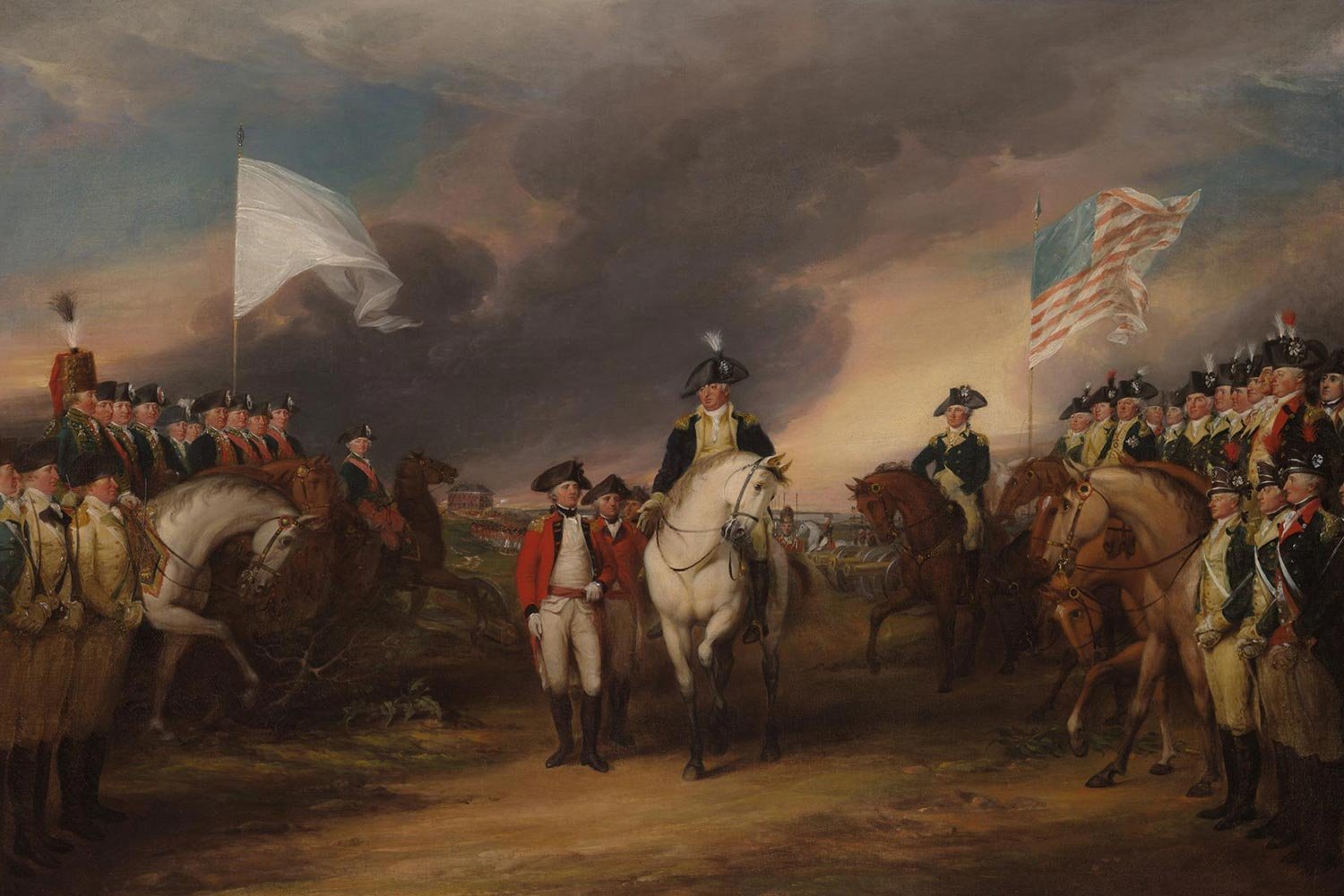
Henry Knox, America’s First Secretary of War
After the American Revolution, General Henry Knox resigned his army commission and served as Secretary of War from 1785 to 1795. Knox’s ten-year span in that office is longer than other Secretary of War/Defense in our nation’s history.
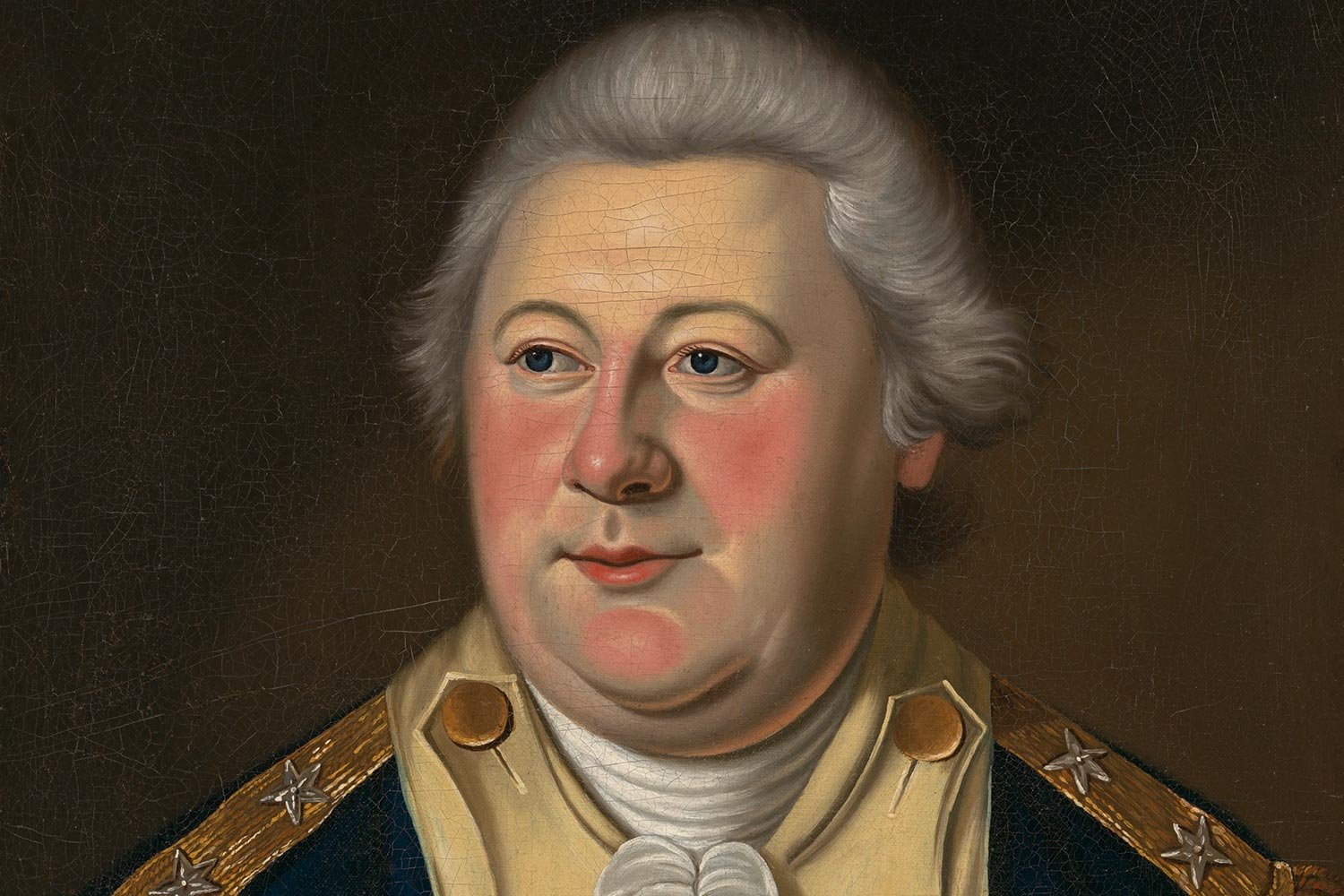
Henry Knox and the American Revolution
In the winter of 1775-76, Colonel Henry Knox, brought fifty-nine cannons from Fort Ticonderoga to the Continental Army besieging Boston, an incredible 300-mile trek over frozen rivers and snowy mountains.




